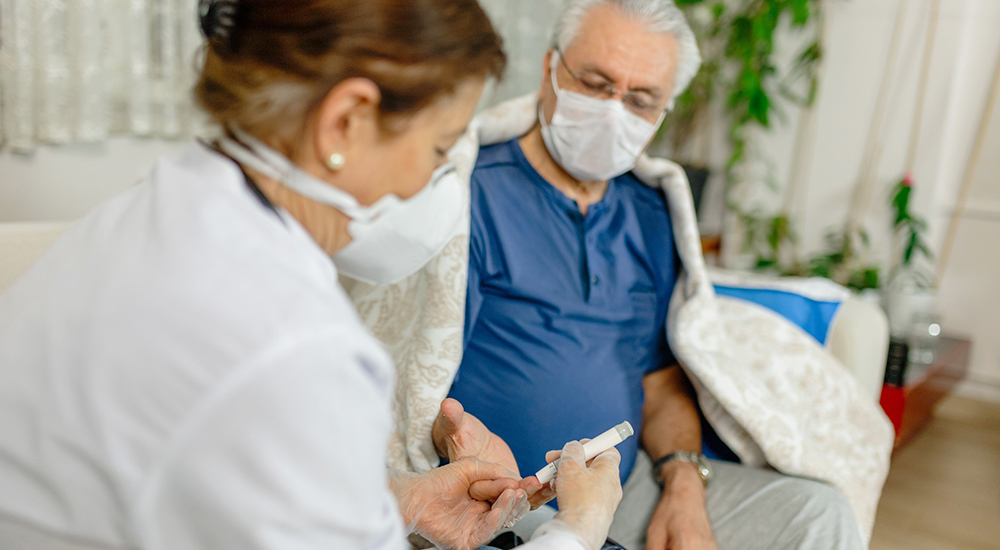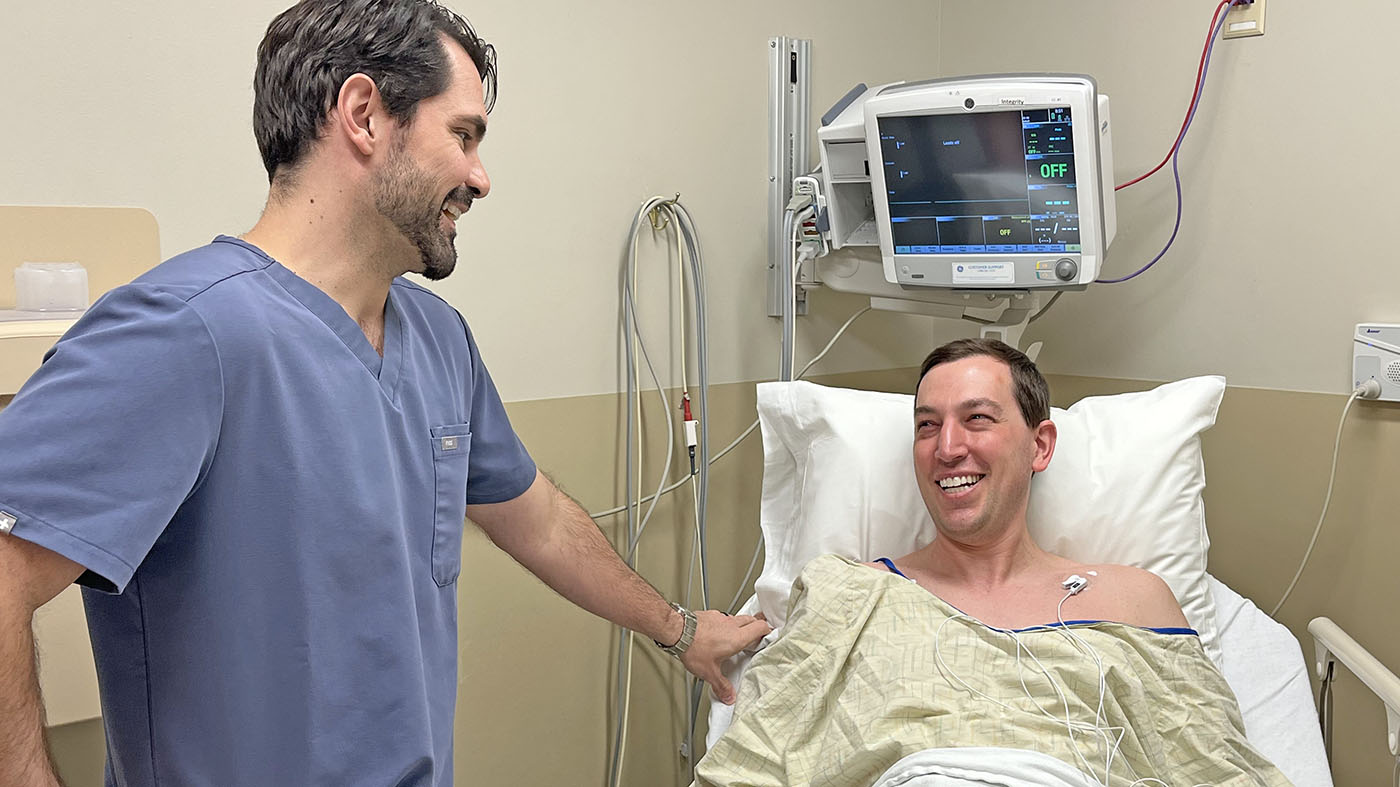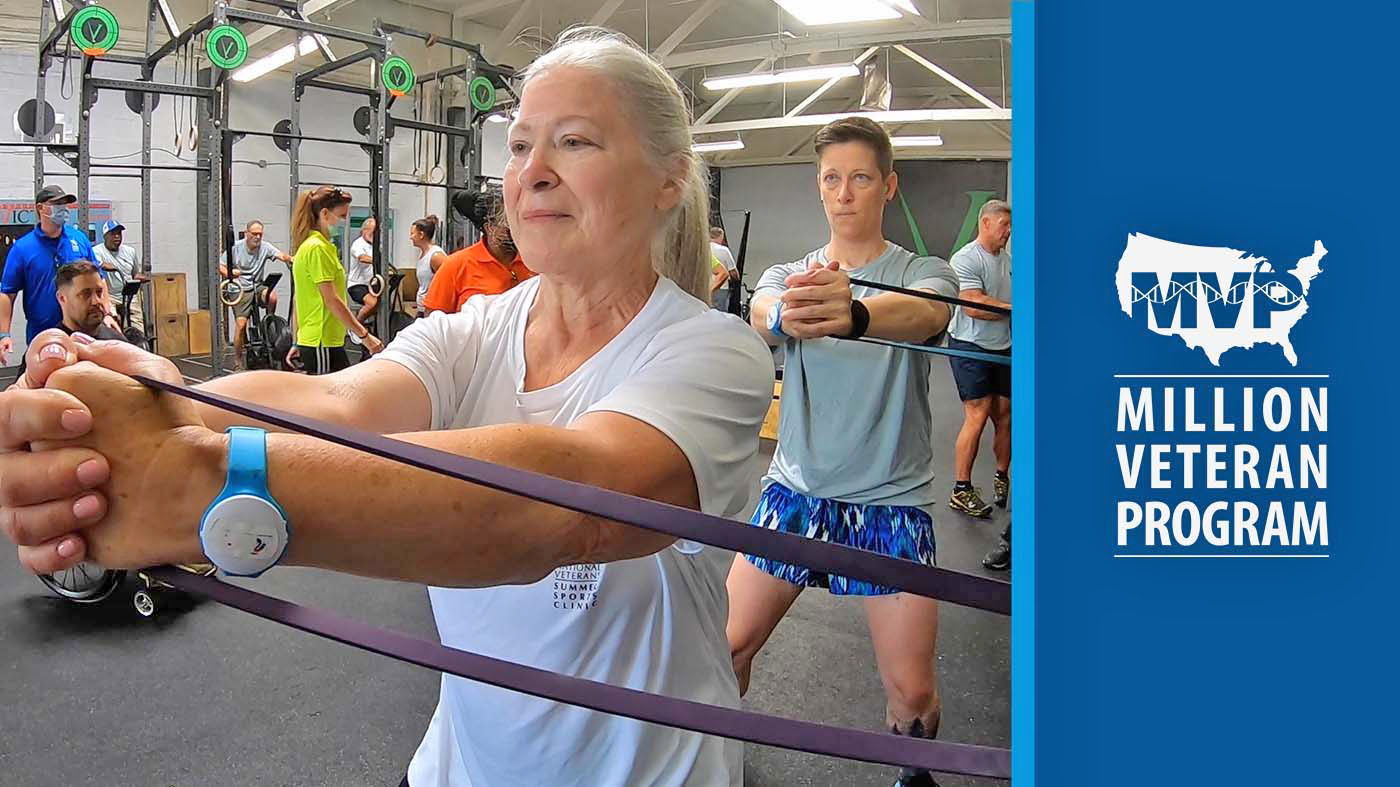People with diabetes know about the (Hemoglobin) A1c test. Medical staff and patients commonly use the test to manage diabetes. But what do the tests numbers mean?
The A1c test provides information about a person’s average blood glucose levels over their past three months. Over time, the test results can provide useful information. Treatment decisions can be made if blood glucose results get higher, lower or stay about the same.
A1c test does not provide an absolute number
It is important to understand the A1c test does not provide an absolute number. Instead, it is a number within a range. That is true of all common laboratory tests.
To demonstrate the concept of “range,” here is an example from everyday life: think of the accuracy of your car’s speedometer, which measures its speed in miles per hour. It is not an exact number. The standard for U.S. speedometers is plus or minus 5 miles per hour. If your car registers a speed of 50 miles per hour, you may be traveling between 45 and 55 miles per hour. Several factors can affect the car’s speed, including the size and kind of tires you use.
Results can be plus or minus 6% of the actual results
An A1c test result is also not exact. Federal regulations allow a test result to be as much as plus or minus 6% of the actual result if performed in a laboratory setting. If the actual value of the A1c was 8%, the result could be between 7.52% and 8.48%.
Results from the same blood sample can differ between laboratories. This may occur for a variety of reasons, including using a different brand of HbA1c tests. Because of this, it’s best to perform the HbA1c tests at the same laboratory every time.
In addition, point of care A1c tests done during a clinic visit using only a drop of blood from your finger are not as accurate as a laboratory test, and are not recommended. Following these simple tips will help you get an accurate A1c test result.
What does this mean for my diabetes management?
Since HbA1c test results are provided in a range, it makes sense that your target HbA1c goal should also be in a range — not above or below an absolute number. If your test result is within the target range and your home blood glucose test results are not much different, repeat the test at the next visit in the same laboratory. No changes to your diabetes medications would be indicated at that time. In the meantime, continue to keep an eye on your diet and exercise program. That always is a good idea when managing diabetes.
But, if your test result is outside your target range, talk to your diabetes health care team about the next steps.
Resources:
www.healthquality.va.gov/guidelines/CD/diabetes/DMCPGPatientSummaryFinal508.pdf
Dr. David C. Aron, MS, is the director of Clinical Program Research and Evaluation at the Louis Stokes Cleveland VA Medical Center.
Topics in this story
More Stories
Navy Veteran and president of the American Medical Association got a colonoscopy and encourages other Veterans to do the same.
Chicago Vet Center and VA gave women Veterans information on VA services available to them.
MVP’s research informs personalized care for Veterans, supporting whole health and beyond.







Based on the plus or minus accuracy of a given lab a veteran could have full blown diabetes and continue to be called pre-diabetic because of the a1c numbers. In fact, many veterans who are considered pre-diabetic have nephropathy in both feet and hypertension and ED due to their diabetes, but cannot receive compensation because the va says they do not have diabetes.